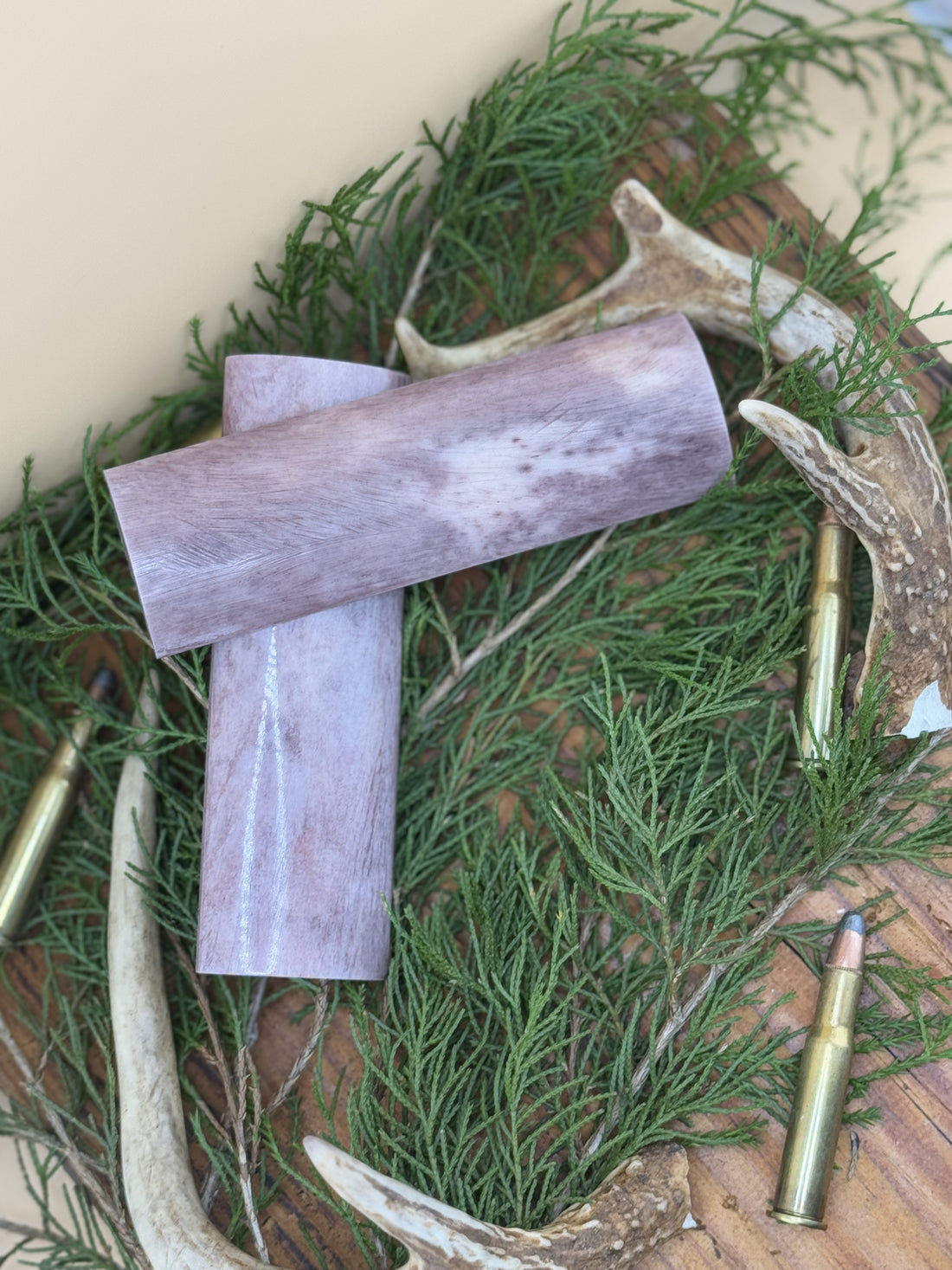Every day, countless individuals wield knives in settings ranging from bustling restaurant kitchens to remote wilderness environments. A single tool, varied in design and purpose, can seamlessly transition from slicing fine gourmet meals to providing critical support during tactical operations. This versatility highlights the significance of understanding knife-making techniques. Crafting a knife requires knowledge, precision, and skill—a harmonious blend of art and science that results in reliable tools for various applications.
One foundational aspect of knife-making is the method employed to shape the blade. Forging, a time-honored technique, involves heating steel until it’s pliable and shaping it with hammer blows. This process, favored for its ability to create robust and resilient blades, contrasts with stock removal, where a blade is carved from a solid piece of steel. Each method has its merits, with factors like intended use and desired blade properties guiding the choice. Selecting the right steel for blade blanks is equally critical. High-carbon and stainless steels are popular choices, each offering unique benefits in terms of strength, corrosion resistance, and edge retention.
Beyond the blade, a knife’s quality is influenced by its materials and construction. The handle should offer ergonomic comfort, allowing hours of use without fatigue. Balance is vital—an evenly weighted knife feels like an extension of the user’s arm, enabling precision and reducing strain. Edge retention is another key factor; a well-crafted knife maintains its sharpness over time, minimizing the need for frequent sharpening. These components work together to form diverse knife types, each tailored to specific tasks. Kitchen knives, for instance, are designed for precision and fine cutting, while bushcraft knives focus on durability and versatility in survival situations. Hunting knives are crafted for field dressing and skinning, offering optimal sharpness and control. Tactical knives serve first responders and military personnel, with features that prioritize quick access and secure grip under pressure.
Knife safety and maintenance are paramount considerations for any knife owner. Regular cleaning, proper storage, and mindful handling extend the life of a knife and ensure its effective performance. Sharpening is an essential skill, restoring a knife’s edge to its peak capability. Consistent upkeep not only preserves the knife but enhances user safety by ensuring reliable operation during critical moments.
When it comes to buying a knife, informed decisions are crucial. Understanding your specific needs and the knife’s intended use guides the selection process. Avoid common mistakes such as choosing a knife based solely on aesthetics or brand reputation without considering its performance capabilities. Seek reputable sources for high-quality knives, whether custom-made by skilled artisans or from trusted manufacturers that stand by their products.
Our collection of expertly crafted knives, sharpening tools, and accessories caters to enthusiasts and professionals alike. We invite you to explore our offerings and discover the ideal tool for your needs. Whether you're a gourmet chef, an outdoor enthusiast, or a tactical professional, a finely crafted knife can transform your experience. Visit our store today to find your perfect blade companion and elevate your craft to new levels of precision and efficiency. Share your experiences with us or reach out with any questions—let’s shape our cutting-edge stories together.

